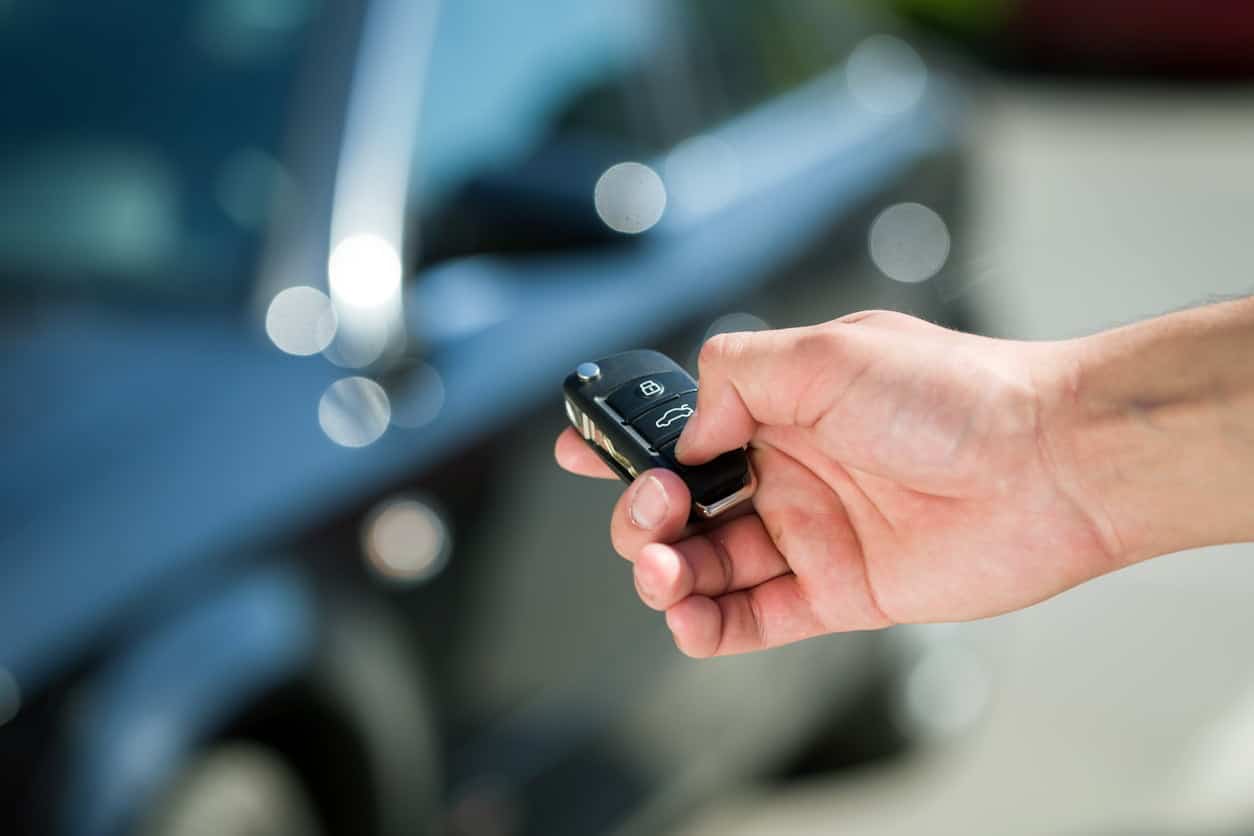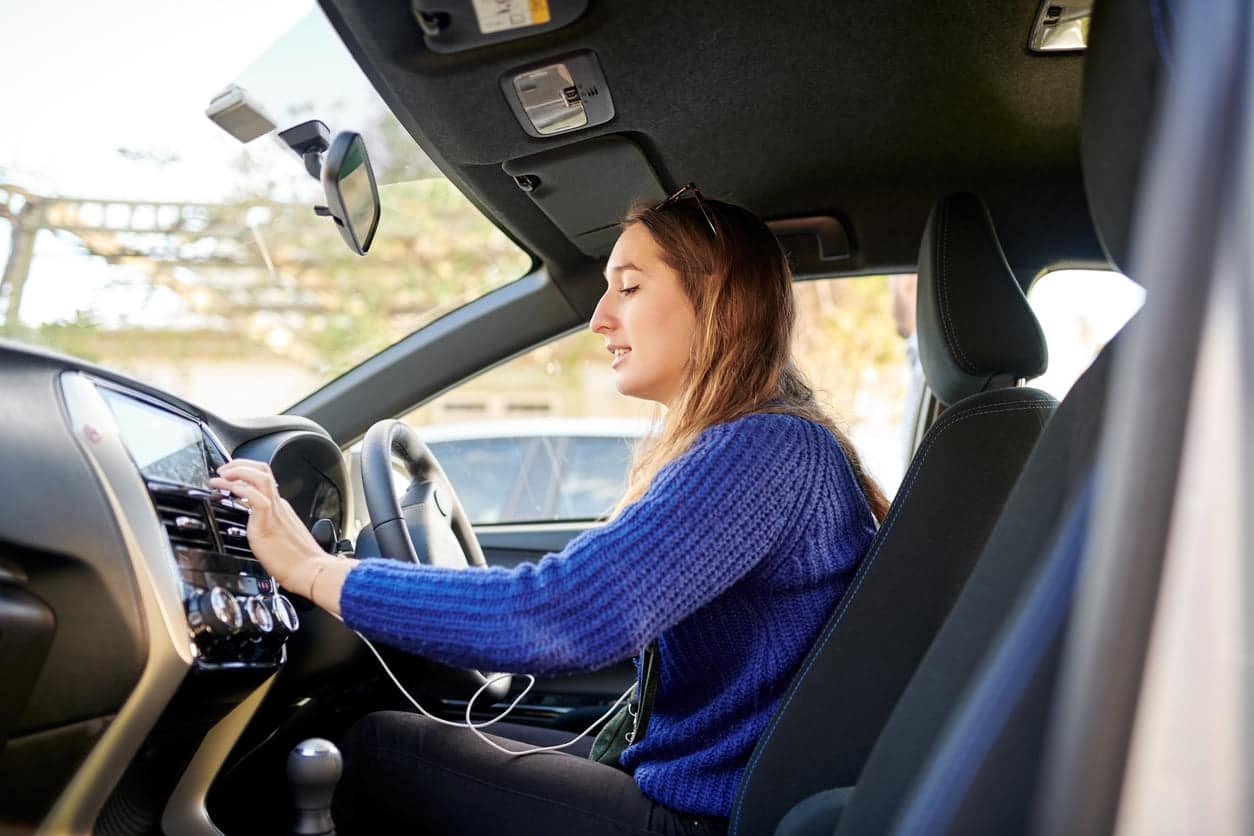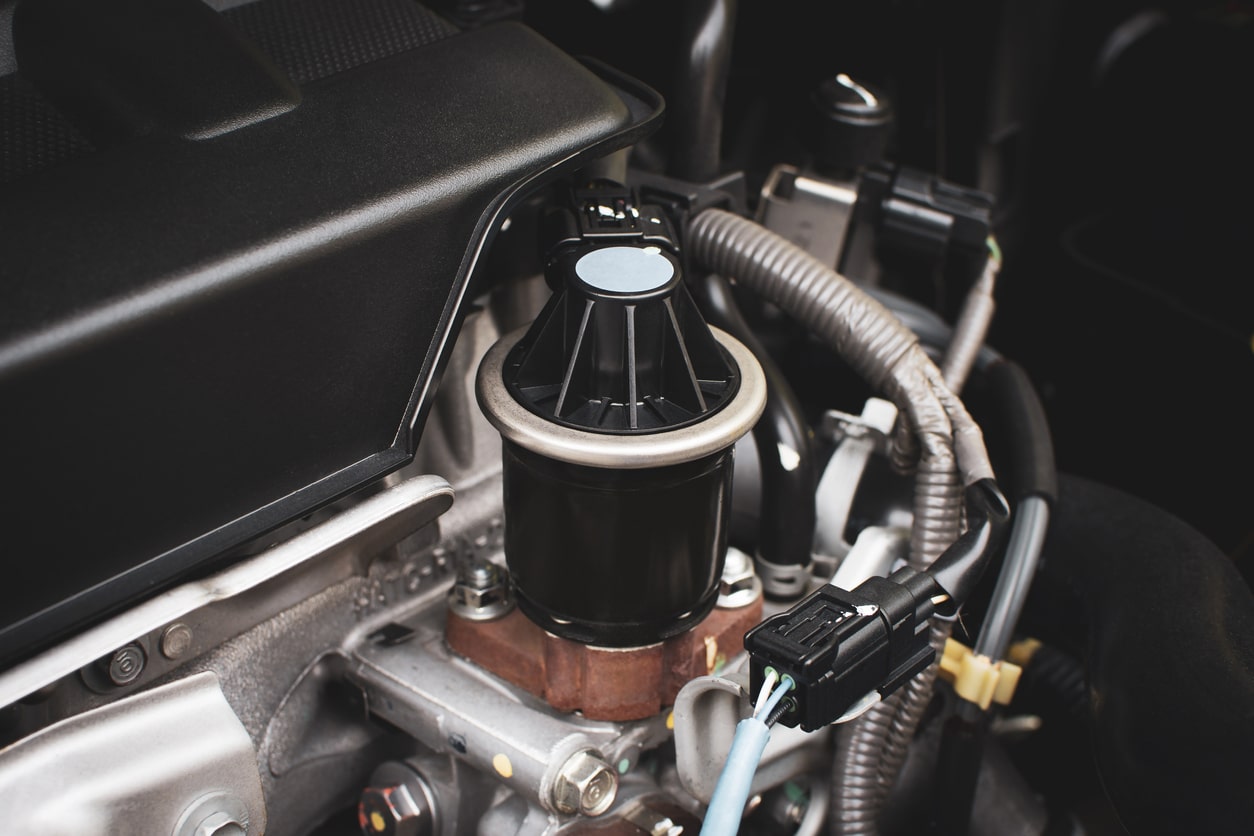
While there’s nothing quite like buying a new car, it’s no longer as simple as sticking the key in the ignition and driving away. Modern cars are loaded with systems which need to be set up and personalised to ensure a smooth, comfortable and hassle-free driving experience, so you might have a few instructions to read before you get underway.
That said, setting up a new car is part of the fun of driving. With advanced features that allow for total in-car personalisation, drivers get more control than ever before.
In this guide, we provide practical tips on setting up a new car, from scoping out the interior to personalising technology in the cabin.
Quick Links
Under the Bonnet
Get to know what’s going on beneath the bonnet of your new car by spending a few minutes looking over the engine. Here are some things to familiarise yourself with:
- Find the Oil Dipstick
You’ll want to start checking your car’s engine oil as soon as you get the keys, so find the dipstick and have a go with it as it may work differently from previous cars. It’s a good idea to store a cloth or rag somewhere in your car so you can check the oil regularly.
- Locate the Screenwash Reservoir
Depending on where you bought your new car, you might find yourself needing to top up the screenwash within the first few miles.
- Get to Know the Battery
You never know when you might need to use jump leads or a charger to restart your car, so taking a look at the battery and how it’s covered could save you precious minutes in an emergency.
- Familiarise Yourself with Other Important Systems and Parts
Knowing where each component is beneath the bonnet can help you diagnose problems with your new car. Get to know the coolant/antifreeze tank, brake fluid reservoir, radiator cap and power steering reservoir.

Scoping Out the Exterior
Have a walk around the outside of your new car to figure out where everything lives, from the fuel filler cap to the VIN code.
- Locate the Fuel Filler Cap
No driver wants the embarrassment of having to manoeuvre at a petrol station because they didn’t know which side the fuel filler cap was on. You should take a look at the fuel filler cap, too, to see how it works; some newer cars have a cap-less fuel tank that can take some getting used to. It’s sometimes also shown on your dashboard, so look out for the icon.
- Check the Lights
You might need to adjust the height of the headlights when you first get your new car, so be sure to check those as well as the brake lights, indicators, reversing light, fog lights, daytime running lights and warning lights.
- Figure Out How the Bonnet and Boot Catches Work
This might sound like a simple one, but some bonnet and boot catches can be surprisingly difficult to operate when you’re unfamiliar with the car. Manufacturers tend to conceal opening mechanisms and buttons, but the manual should tell you how they work.
- Find the VIN Code
Every car has a VIN code and while you may not ever need it, it’s good to know where it is and how to read it. It’s definitely worth looking at a car’s VIN number when buying second-hand, as it can tell you a lot about the car and its history.
- Check Tyre Pressures and Load Weights
Make sure the tyres on your new car are inflated to the right pressure before doing many miles. They may be set for a different load and weight, so check the recommended pressure in the manual. Some cars also display tyre pressures on the car itself, either inside the fuel filler cap or on the driver-side door jamb.
- Find the Tow Hooks
You never know when you might need to tow or be towed, so finding the tow points now could help out in an emergency. For more car towing tips, check out our tow safety guide.

Technology, Personalisation and Setting Up the Interior
There are a few things to be done in the cabin that will make your new car feel like yours. Here are some of the things you’ll need to do to get properly set up.
- Adjust the Seat and Steering Wheel
Finding the right driving position is hugely important. You need to be comfortable on long journeys and also able to reach all buttons and have good all-round visibility. We’d recommend this quick instructional video on how to set up your driving position.
- Place the Mirrors
An obvious point but something easy to get wrong; setting your mirrors in the correct position is crucial for safety. The rear-view mirror should capture all of the back window, while the side mirrors should include a small portion of the car as well as the road behind and to the side.
- Familiarise Yourself with the Levers and Controls
Every model of car is set up differently, with levers and controls on different sides of the steering wheel and dashboard. Before you drive, make sure you know where all the essential controls are, including the wipers, lights, horn and screenwash. You should also familiarise yourself with the handbrake, as a lot of new cars have an electronic emergency brake which is controlled by a button, not the standard lever.
- Setting Up Driver-Aid Technology
Modern cars are equipped with all sorts of gadgets and gizmos which are designed to aid navigation and driver safety, as well as provide entertainment and navigation. This does mean, however, that some time has to be spent setting up and pairing devices, so they link up with your smartphone. Your car’s manual should be able to provide full instructions on how to pair your phone with in-car Bluetooth connectivity.
- Try the In-built Sat Nav on Familiar Local Roads
Sat navs are a must-have for most drivers these days, but if you’re new to a car it’s worth testing out the system on local roads first so you can get a feel for how it works. If you start using it on an unfamiliar road on your way to an important meeting, it might not end well.
Whether this is your first car or you’ve been driving for years, our range of DIY car maintenance tools and products can give you total peace of mind behind the wheel. To find out more, visit the Holts homepage today.

